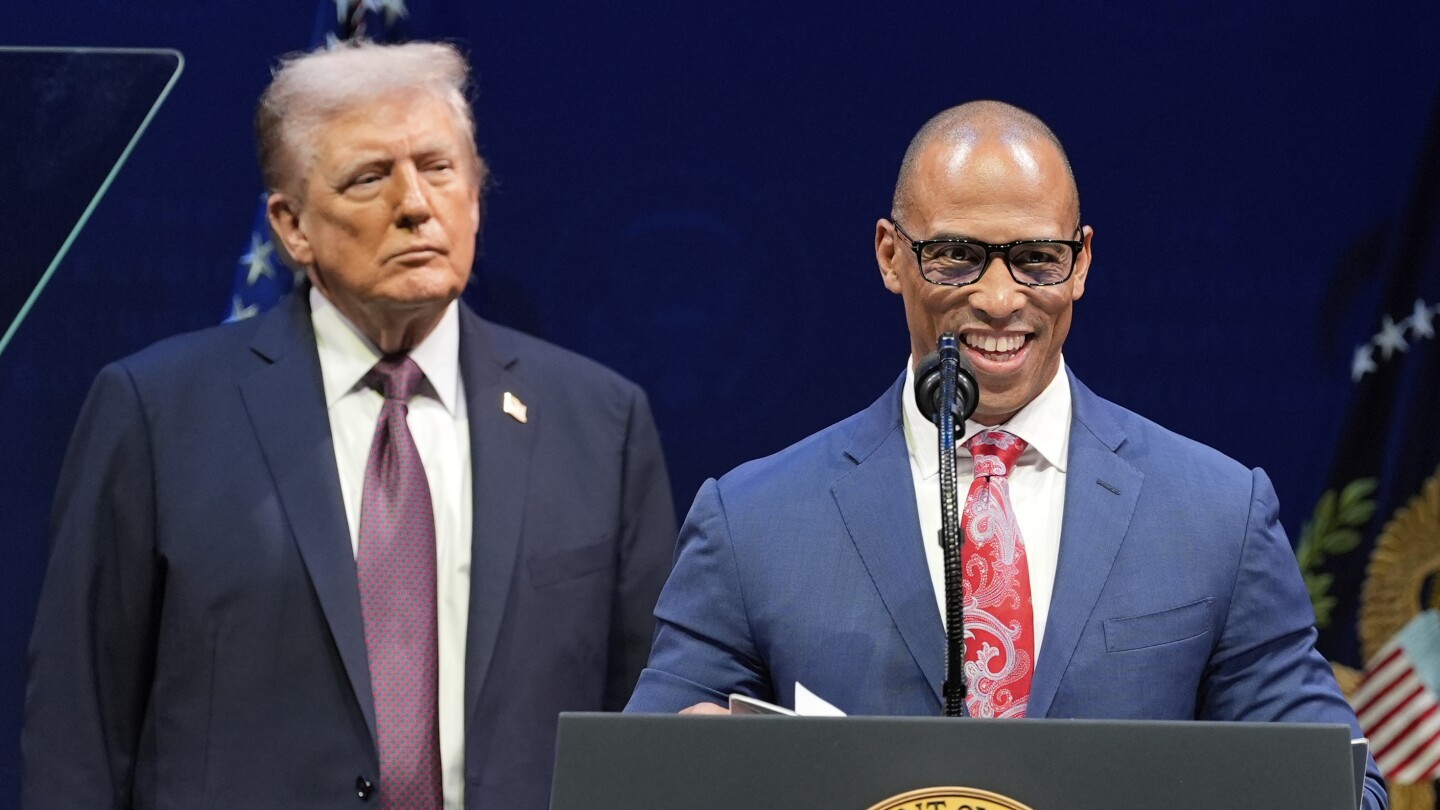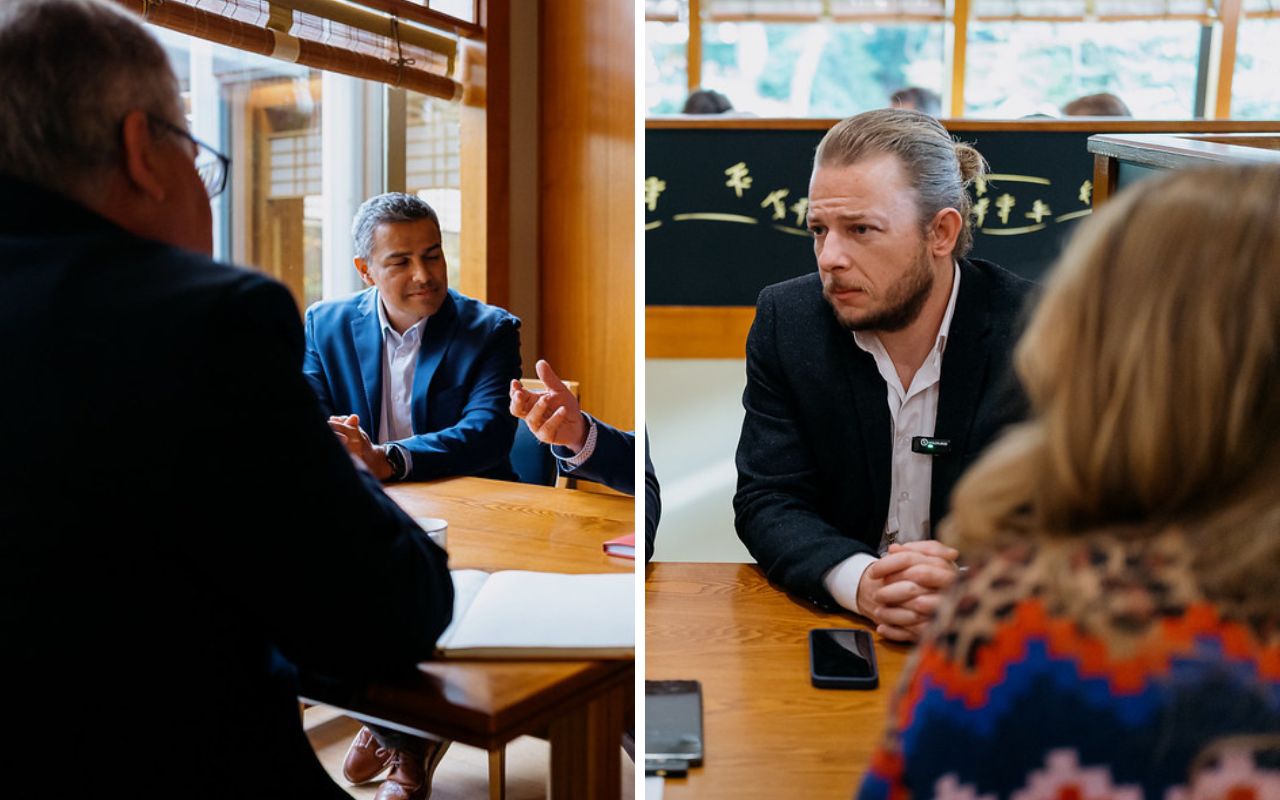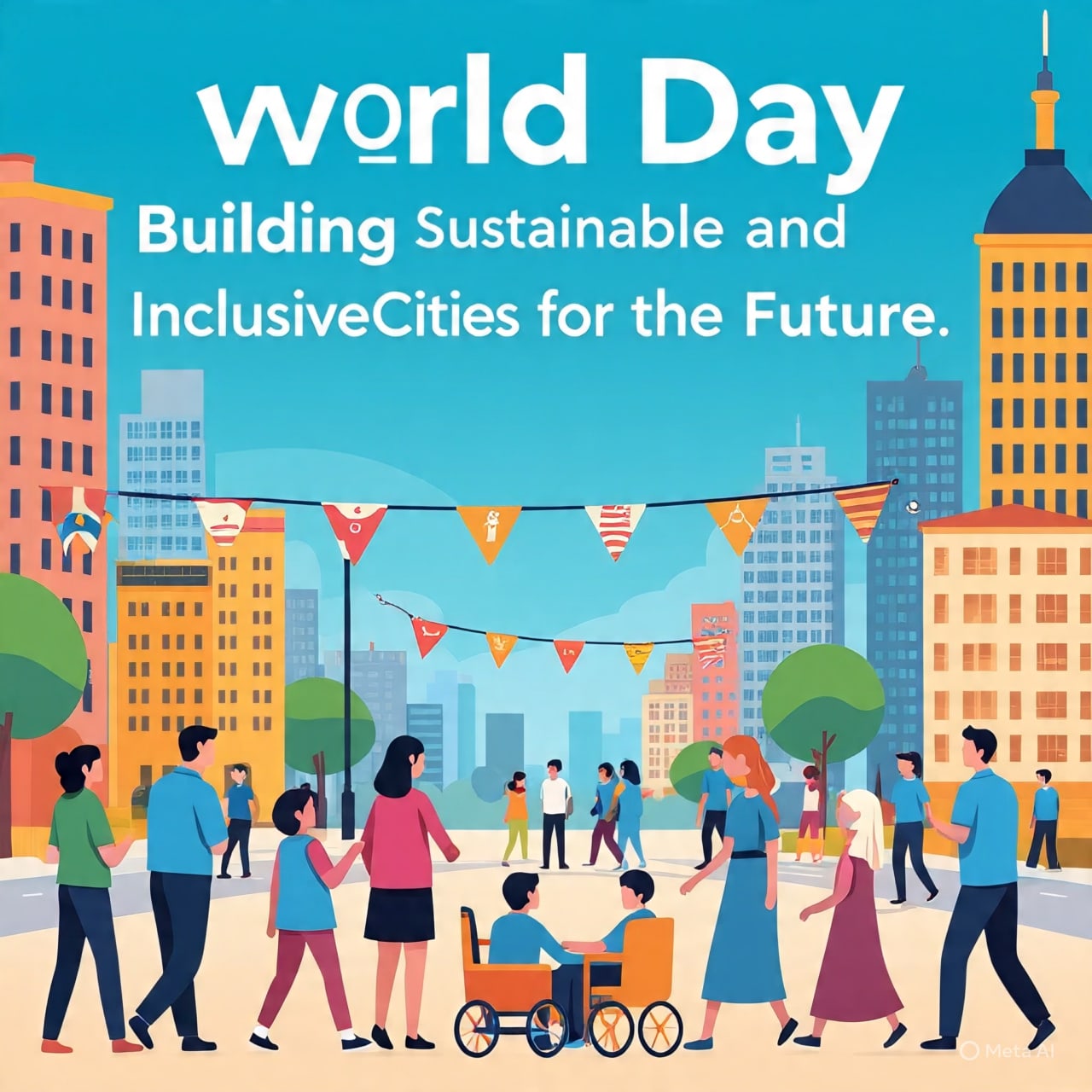Report on the South Al-Mutlaa Wastewater Treatment Plant Project
Project Overview and Contractual Details
- Parties Involved: The contract was signed between Kuwait’s Ministry of Public Works and the Turkish construction firm, Kuzu.
- Contract Value: The project is valued at 149.6 million Kuwaiti dinars ($488.9 million).
- Scope: The agreement covers the construction, operation, and maintenance of a new wastewater treatment facility.
- Location: The plant will serve the new South Al-Mutlaa city development, located north of Kuwait City.
Contribution to Sustainable Development Goal 6: Clean Water and Sanitation
- The project is a direct initiative to advance SDG 6 by establishing critical sanitation infrastructure for a new urban development of over 28,000 housing units.
- It will treat approximately 400,000 cubic metres of wastewater per day, significantly reducing the proportion of untreated wastewater in line with Target 6.3.
- The production of tertiary-treated water for agricultural and other uses promotes water recycling and safe reuse, a key objective of SDG 6.
Alignment with Energy and Climate Goals (SDG 7 & SDG 13)
- The facility’s design incorporates a hybrid energy system that utilizes both conventional and renewable energy sources, directly supporting SDG 7 (Affordable and Clean Energy).
- By increasing the share of renewable energy in its operational mix, the project contributes to climate change mitigation efforts as outlined in SDG 13 (Climate Action).
Supporting Sustainable Urban Infrastructure (SDG 9, SDG 11 & SDG 12)
- Resilient Infrastructure (SDG 9): This project represents a major investment in building sustainable and resilient infrastructure essential for economic development and human well-being.
- Sustainable Cities (SDG 11): The plant provides a fundamental service for the Al-Mutlaa city project, ensuring access to safe and sustainable sanitation systems and reducing the city’s environmental impact.
- Responsible Consumption (SDG 12): By creating a reliable source of recycled water for agriculture, the project promotes the sustainable and efficient use of natural water resources, reducing the dependency on freshwater supplies.
International Cooperation for Sustainable Goals (SDG 17)
- The contract between a Kuwaiti government ministry and a Turkish company exemplifies a strong international partnership, a core principle of SDG 17 (Partnerships for the Goals).
- This collaboration facilitates the sharing of technology, investment, and expertise to achieve mutual sustainable development objectives.
Analysis of the Article in Relation to Sustainable Development Goals
1. Which SDGs are addressed or connected to the issues highlighted in the article?
SDG 6: Clean Water and Sanitation
The core subject of the article is the construction of a wastewater treatment plant. This directly addresses the goal of ensuring the availability and sustainable management of water and sanitation for all by improving water quality and promoting the safe reuse of treated water.
SDG 7: Affordable and Clean Energy
The article mentions that the plant will use a “hybrid system that combines conventional and renewable energy sources.” This connects the project to the goal of ensuring access to affordable, reliable, sustainable, and modern energy by incorporating renewable energy into its infrastructure.
SDG 9: Industry, Innovation and Infrastructure
The project involves a significant investment of $488.9 million to “build, operate, and maintain” a large-scale wastewater treatment plant. This represents the development of quality, reliable, and sustainable infrastructure to support human well-being and economic development.
SDG 11: Sustainable Cities and Communities
The plant is being built specifically to serve the new “Al-Mutlaa city project,” which includes over 28,000 housing units. This infrastructure is essential for making the new city inclusive, safe, resilient, and sustainable by providing basic services like sanitation and managing waste effectively.
2. What specific targets under those SDGs can be identified based on the article’s content?
SDG 6: Clean Water and Sanitation
-
Target 6.3: By 2030, improve water quality by reducing pollution, eliminating dumping and minimizing release of hazardous chemicals and materials, halving the proportion of untreated wastewater and substantially increasing recycling and safe reuse globally.
The article directly addresses this target by describing the construction of a “wastewater treatment plant” designed to produce “tertiary-treated water” specifically for “agricultural and other uses,” which is a form of recycling and safe reuse.
SDG 7: Affordable and Clean Energy
-
Target 7.2: By 2030, increase substantially the share of renewable energy in the global energy mix.
The plant’s design, which includes a “hybrid system that combines conventional and renewable energy sources,” directly contributes to increasing the share of renewable energy used in the country’s infrastructure.
SDG 9: Industry, Innovation and Infrastructure
-
Target 9.1: Develop quality, reliable, sustainable and resilient infrastructure… to support economic development and human well-being.
The construction of a modern wastewater treatment plant is a clear example of developing sustainable and resilient infrastructure to support the well-being of the residents of the new “Al-Mutlaa city.”
SDG 11: Sustainable Cities and Communities
-
Target 11.6: By 2030, reduce the adverse per capita environmental impact of cities, including by paying special attention to air quality and municipal and other waste management.
The project is a direct investment in municipal waste management for a new city. By treating the wastewater generated by over 28,000 housing units, it reduces the city’s environmental impact.
3. Are there any indicators mentioned or implied in the article that can be used to measure progress towards the identified targets?
SDG 6: Clean Water and Sanitation
-
Indicator 6.3.1: Proportion of domestic and industrial wastewater flows safely treated.
The article provides a specific metric for this indicator: the plant’s capacity to produce “approximately 400,000 cubic metres of tertiary-treated water per day.” This volume represents a quantifiable amount of safely treated wastewater.
SDG 7: Affordable and Clean Energy
-
Indicator 7.2.1: Renewable energy share in the total final energy consumption.
While a specific percentage is not given, the mention of a “hybrid system” that includes “renewable energy sources” implies that progress towards this indicator is a planned component of the project’s operation.
SDG 9: Industry, Innovation and Infrastructure
-
Implied Indicator: Investment in sustainable infrastructure.
The contract value of “149.6 million Kuwaiti dinars ($488.9 million)” serves as a direct financial indicator of the investment being made to develop new, sustainable infrastructure as outlined in Target 9.1.
SDG 11: Sustainable Cities and Communities
-
Implied Indicator: Proportion of the urban population served by wastewater treatment facilities.
The article states the plant will “serve residents of the Al-Mutlaa city development,” which includes “more than 28,000 housing units.” This demonstrates an increase in the population served by essential sanitation infrastructure, a key measure of progress for sustainable cities.
4. Summary Table of SDGs, Targets, and Indicators
| SDGs | Targets | Indicators |
|---|---|---|
| SDG 6: Clean Water and Sanitation | Target 6.3: Improve water quality by halving the proportion of untreated wastewater and increasing recycling and safe reuse. | The plant’s capacity to treat 400,000 cubic meters of wastewater per day for reuse in agriculture. |
| SDG 7: Affordable and Clean Energy | Target 7.2: Increase substantially the share of renewable energy in the global energy mix. | The use of a “hybrid system that combines conventional and renewable energy sources” to power the plant. |
| SDG 9: Industry, Innovation and Infrastructure | Target 9.1: Develop quality, reliable, sustainable and resilient infrastructure. | The investment of $488.9 million in the construction of a modern wastewater treatment plant. |
| SDG 11: Sustainable Cities and Communities | Target 11.6: Reduce the adverse per capita environmental impact of cities, including waste management. | Providing sanitation infrastructure to serve a new city development with more than 28,000 housing units. |
Source: smartwatermagazine.com






